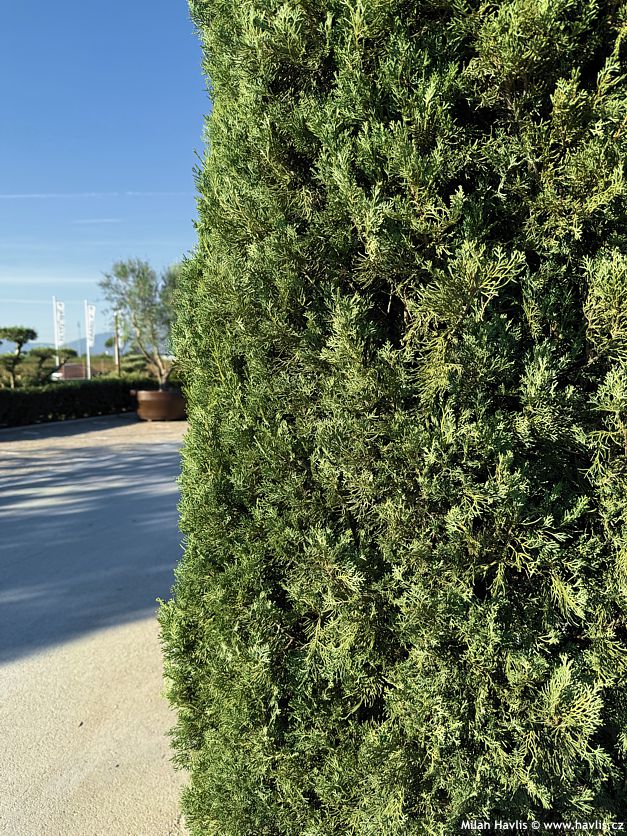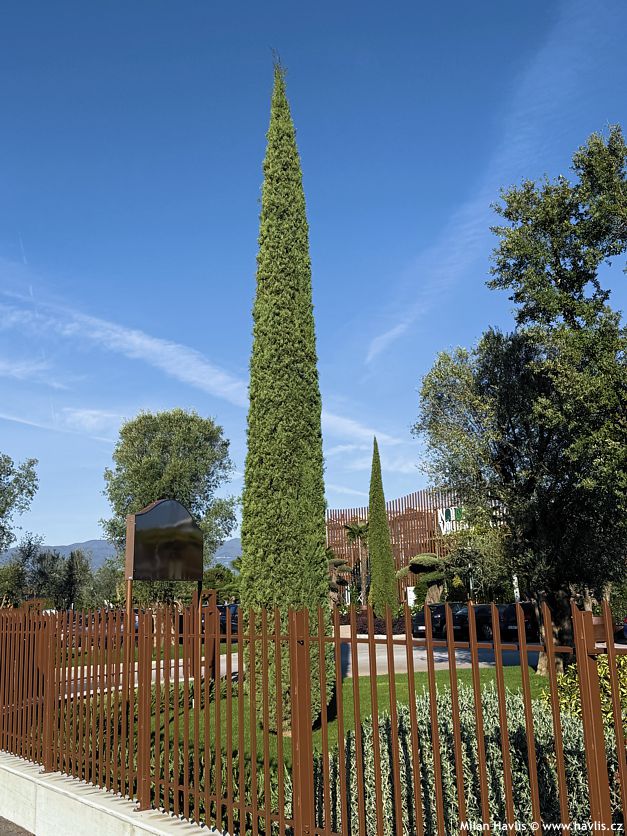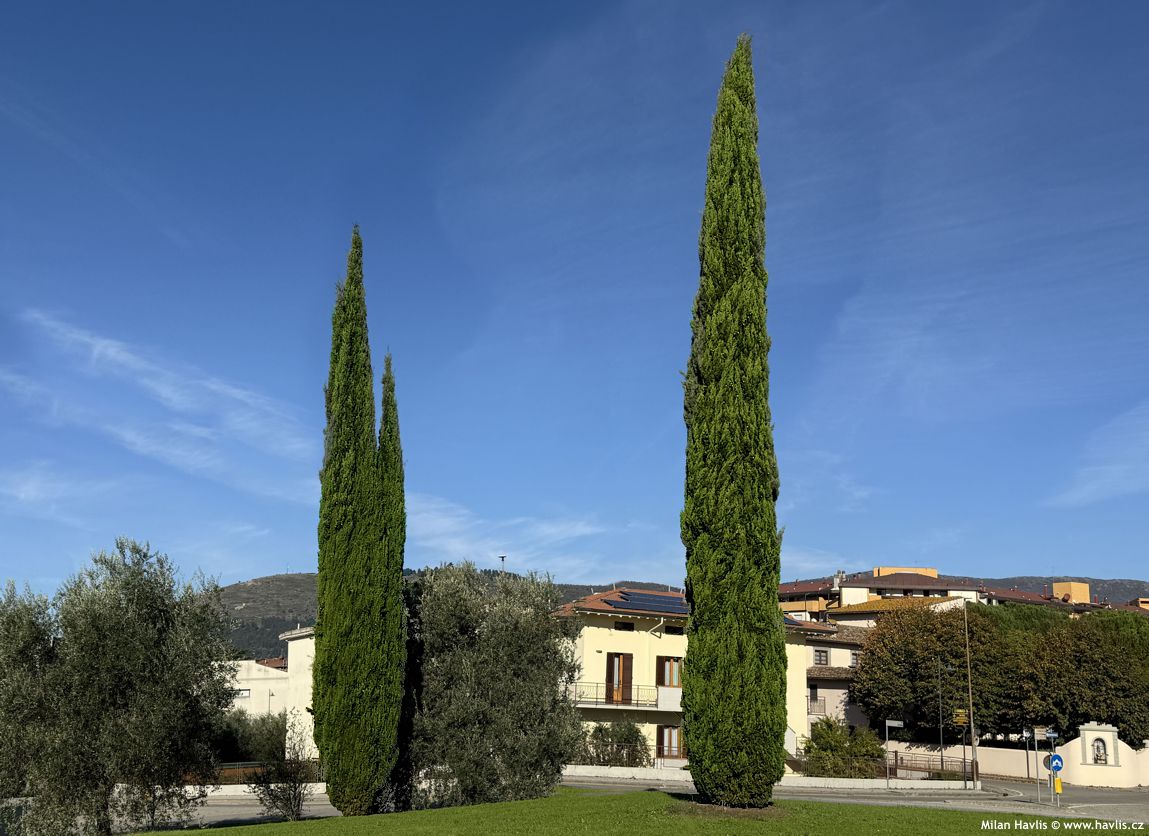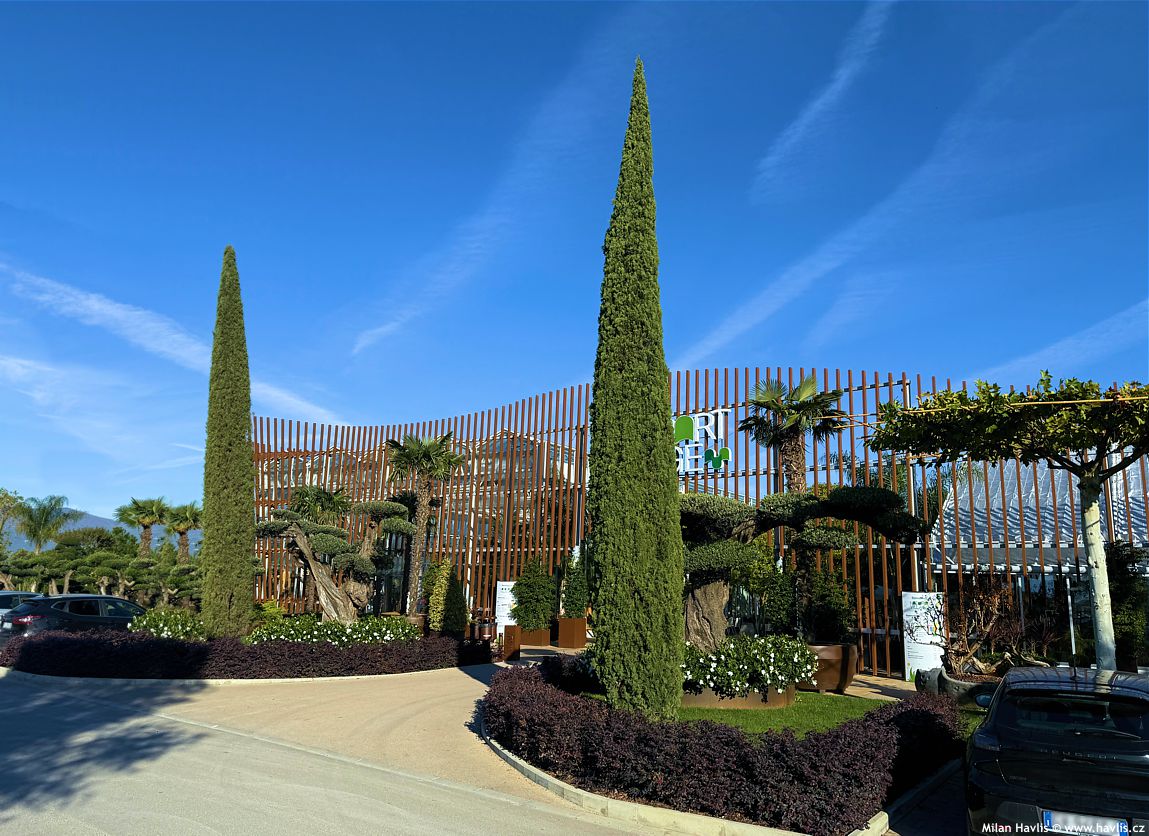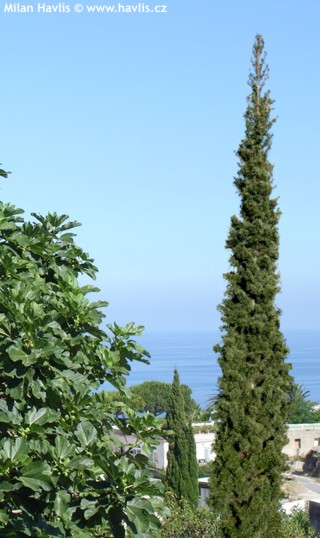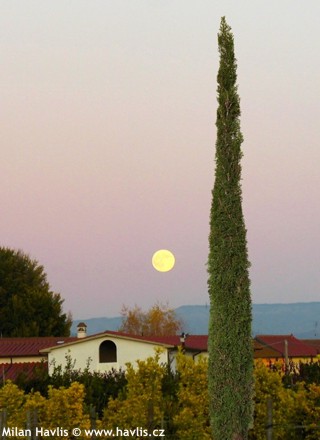Cupressus sempervirens 'TOTEM' Tuscan cypress, Mediterranean cypress
Cupressus
The entire genus Cupressus is like an ancient witness to Earth’s history. It belongs to the cypress family and includes about 25 species distributed from North America across the Mediterranean to Asia. Fossil evidence proves its existence since the Tertiary period, tens of millions of years before humans appeared. The first botanical descriptions of cypresses date back to antiquity, but the genus was formally named by Carl Linnaeus in the 18th century. The popular Mediterranean cypress (Cupressus sempervirens) is an evergreen tree mainly spread in the eastern Mediterranean, though its exact origin remains elusive even to modern botany. It is an exceptionally long-lived species – the oldest recorded specimen in Iran, known as Sarv-e-Abarkooh, is estimated to be around 4,000 years old. In its natural form, this evergreen conifer has an ovate crown shape, however, with the rise of ornamental horticulture, narrower columnar forms were selected, becoming iconic features of certain landscapes. Hence the alternative name Tuscan cypress, since no view of the Tuscan countryside seems complete without its slender silhouettes. Its wood is durable and fragrant, historically used for shipbuilding and fine furniture.
Yet the Mediterranean cypress grows throughout the entire landscape surrounding the Mediterranean Sea. In Middle Eastern countries, it has long been a tree of gardens and sacred spaces. In Persia, it became a symbol of immortality and nobility – its slender silhouette graces Persian miniatures, carpets, and ceramics. In traditional Iranian gardens, listed as UNESCO heritage, cypresses form the central axis of compositions meant to evoke paradise. In Islamic art, it appears as a sign of eternal life because it never sheds its foliage. Likewise, in ancient Greece and Rome, it was associated with funerary rites, which is why it appears in old necropolises. Its image runs through history – from Persian poets praising it as the “tree of freedom” to European painters. In Renaissance landscapes, it frames Tuscan horizons, and in Van Gogh’s works, it becomes a dramatic symbol of life and death. The cypress is not just decoration but a cultural phenomenon linking East and West in a green line that has lasted thousands of years.
Now for the cultivar Totem. The name itself suggests a plant with the character of a sculpture – and that is exactly what it is. Totem is an extremely narrow, columnar cultivar of Tuscan cypress, like a green sword thrust into the ground. It grows slowly yet steadily, holding its shape like a soldier on guard. Its foliage is bright green, without the bluish tint typical of the species, and appears fresher than that of the cultivar ‘Pyramidalis’. The scale-like leaves are pressed tightly against short, sturdy branchlets that do not break in storms or under snow load. Totem is arguably the slimmest conifer known, a blessing for anyone with limited space. It was bred in 1984 in New Zealand by Trevor Davias and Cyril Watson, whose goal was to create a cultivar suited to modern gardens where space is precious – and they succeeded. Since then, Totem has become a bestseller wherever Mediterranean cypress can be grown.
Thanks to its exceptionally slender form, Totem is perfect for formal gardens where a strict vertical accent is needed – for example, flanking an entrance to create a ceremonial frame. It works beautifully in rows along paths, evoking a touch of Sunset Boulevard. In modern minimalist gardens, it shines as a solitary feature in a lawn or in a large container on a terrace, adding architectural clarity. In Mediterranean-style compositions, it sets the summer mood and looks stunning either in groups of three or in contrasting trios of shapes: tall + flat + round – an iconic signature of Mediterranean design.
The Mediterranean cypress occurs naturally in Europe and the Middle East within the Mediterranean sclerophyllous forest, most often in its shrub formations known as maquis (macchia), where it is considered non-native but easily adapted thanks to its ecological tolerance. These communities consist mainly of evergreen shrubs and scattered trees on dry, sun-scorched slopes and rocky outcrops with minimal soil and limited water supply. The cypress develops deep roots among stones to seek nutrients and groundwater and can absorb atmospheric moisture (especially at night and early morning) thanks to its large leaf surface. If we recreate similar conditions in temperate climates, it will thrive.
Totem will grow only in well-drained soil – ideally dry to slightly moist, with a preference for alkaline or neutral reaction; it cannot tolerate waterlogged sites, so drainage is essential. It requires full sun; without it, shaded parts will thin out. Being naturally narrow and dense, it requires no to minimum pruning, yet it can be lightly trimmed or kept smaller – best in late winter after frost or in mid-summer. Never cut into old wood without foliage, as it will not regenerate. When planting mature specimens or those with a with a small root ball, use angled stakes for 2–3 years to prevent windthrow until roots establish. Water only as needed after planting; later, irrigate only during prolonged drought. Fertilisation is generally unnecessary, except for weak plants, using slow-release conifer fertilisers in spring. Totem is resistant to pests and diseases and remarkably long-lived. It can be grown in large containers with perfect drainage only as a temporary plant until it outgrows them. So far, it has been tested in warmer regions of Central Europe – lowlands of Prague to Mělník, southern Moravia, and southern Slovakia – where it performs well down to –18 °C with good mulching during severe winters. Enthusiastic growers report even greater hardiness, which is currently being verified.
Last update 09-11-2025
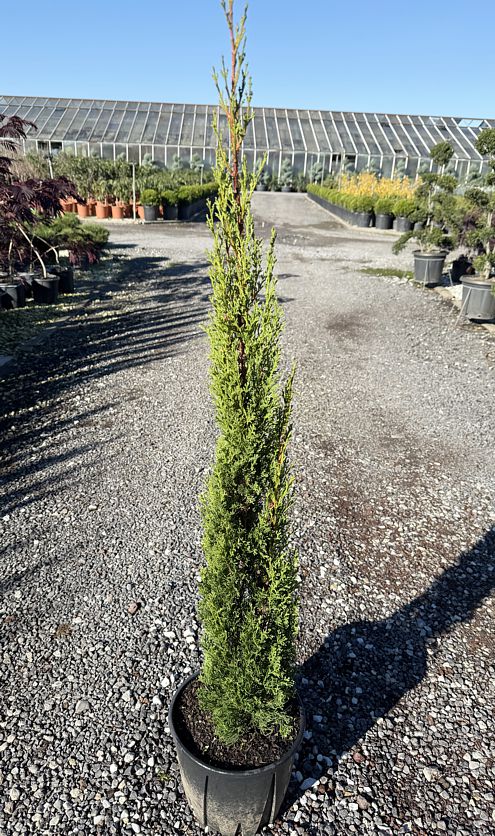
1 088 Kč
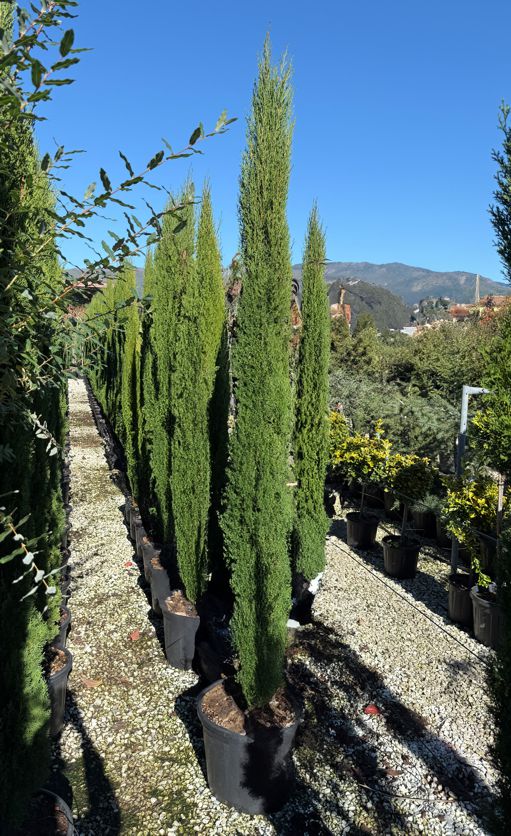
5 248,75 Kč

6 885 Kč
Goods are shipped all over Europe. For Russia and U.K. and for further details please read about SHIPPING OPTIONS HERE.
Are you interested in a serious discount for orders NOV-FEB? Check your options here.
THE PRICES INCLUDE VAT of 15%. For quick conversion you can use 1 CZK = approx. 0.04 EUR
- STANDARD QUALITY - Plants of this group are 1st class quality with number of branches and overall density adequate to their size and age, considering they were container grown.
- DE LUXE QUALITY - This label guarantees a luxurious quality of manually selected plants that, compared to their height and age, are exceptionally dense and beautiful.
- EXTRA - These plants are usually mature and bigger specimens with exceptional overall appearance.
- STANDARD (as described in the plant form) means a tree with a trunk of 190-210 cm and a crown at the top, unless specified differently. The commercial size for trees is their girth measured in the height of 1m from ground.
- HOBBY - These plants are of the same quality as our standard-quality plants but younger and therefore cheaper.
- SHRUB - a woody plant with branches growing bushy from the ground level.
- HALF-STANDARD or MINI-STANDARD - a small tree with shorter trunk, its size is usually specified.
- FEATHERED - These are trees with branches growing already from the base of the trunk and up along the stem.
- GRASSES and PERENNIALS - Sizes given usually read the diameter of the pot or the clump, as specified.












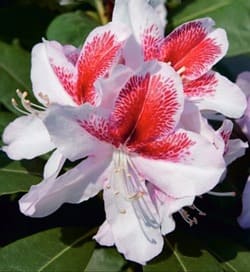




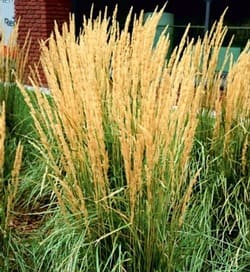
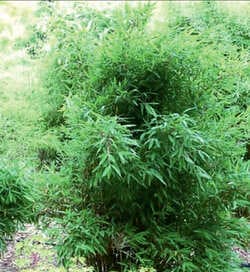
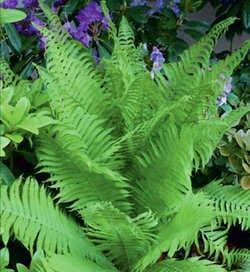




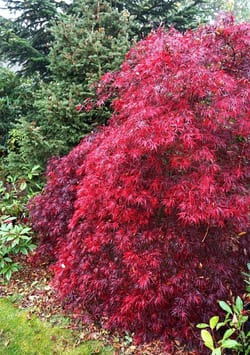
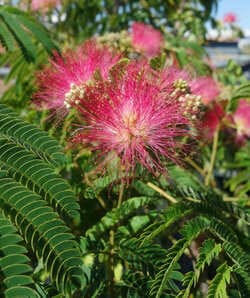
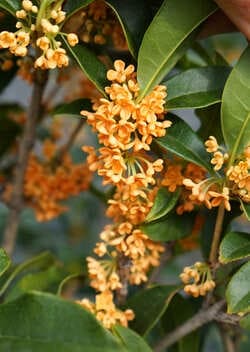



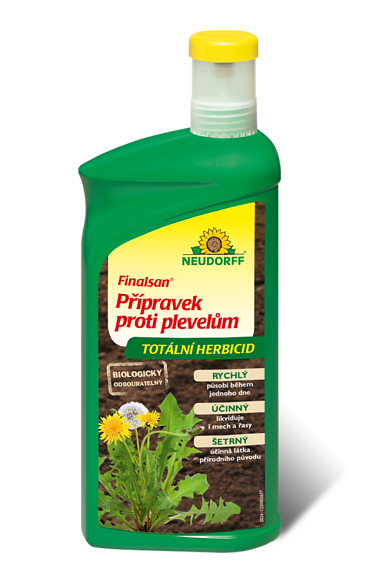



.jpg)
